The post How to Photograph Frozen Bubbles in the Cold appeared first on Digital Photography School. It was authored by Mark C Hughes.

Bubbles in the Air
I live somewhere that gets pretty cold in the winter, and occasionally it gets super-cold. Alright, discussing cold is always a relative measure depending upon where you live, but I may be understating a bit to say it gets pretty cold, when actually, it gets freezing by pretty much anyone’s measure. Fortunately for my family and me, it only gets challenging for about a week or two in the depths of winter.
In the hardest times, temperatures reach around -30C (-22F). At these temperatures, there is very little moisture in the air, and it is just plain cold. Extra layers only help a little bit. Frostbite is a very significant risk for any exposed skin, particularly if there is any wind (times to freeze exposed skin are less than a couple of minutes). Many people here wear the temperatures they endure almost as a badge of honor.

So cold we can freeze bubbles before they pop
It gets really cold here
At these temperatures, everything freezes here – even things you probably didn’t think could freeze. The large river that goes through my city freezes for the entire winter. Starting sometime in November until breakup in April, eyelashes and beards freeze, camera lenses freeze (aperture blades and shutters won’t move) and cars require block heaters to keep the oil in the crankcase warm enough so that you can start the engines.
There are colder places on earth, but not that many. During our recent cold snap from the polar vortex (very cool name but I’m not sure its a real thing), people compared it to temperatures in Antarctica (it was slightly colder here than there).

It gets pretty cold here
So what, who cares?
Realistically, apart from complaining about the weather (a common national pastime for Canadians… look it up) you don’t want to spend much time outside at these freezing temperatures. So why tell you about crazy frigid temperatures? Because there is something that you can do at these temperatures that you can’t really do if it isn’t cold enough. You can blow bubbles and take pictures of them freezing before your eyes. The effect is remarkable, and it happens very fast. Frozen bubbles! If you can blow bubbles, you can watch them freeze before your eyes.
The process is pretty quick. The ideal temperature to do this is when temperatures dip below about -20C or -4F. At temperatures higher than that, the bubbles don’t freeze the same way. Blowing bubbles at these subzero temperatures can be challenging, but if you take the time, you can get some amazing results.

Bubbles on a bubble wand
The science of bubbles
Bubbles are common phenomena that kids love playing with. They seem very simple, but the science behind them is quite complicated. Bubbles are made up of two soap films – inside layer and outside layer – holding and trapping a layer of water between them to form the bubble. When you blow the bubbles through a wand or a straw, the air you introduce expands the inner film layer to create the bubble. As the water evaporates, the bubble eventually bursts. The bubbles stay together based upon the surface tension (the tendency to stick together) of the soap film, but the film is, in general, very thin.
In warm weather, soap and water are all you require for making lots of bubbles, but at colder temperatures, the soap film needs to be stronger. By adding glycerine or corn syrup, you make the bubbles stronger. By adding a small number of sugar crystals, the bubbles will show crystal patterns in the bubble walls as they freeze. The main ingredients you need access to are water, dish soap, glycerine, and some sugar.

Ingredients to make frozen bubble images
The 3 W’s and 1 H
In preparation for shooting bubbles, the key questions before you start are WHERE, WHAT, HOW and WHEN. Because the temperatures are so cold, you need to plan everything in advance because you can’t spend that much time in these temperatures trying to guess what you are going to do next. You need to pick a spot to set your bubble down (this is not a floating bubble exercise). This is the WHERE. Preferably it is someplace convenient, at a reasonable height and near a source of warmth (like somewhere near a door or running car to get you inside).
You then need to decide on the WHAT, is there a particular look you are going for? Is there an effect you are trying to achieve? (Night shot? Candles?)
Next, you need to think about HOW. How are you going to compose the shot? How are you going to blow the bubbles? What is the background like (this is a key aspect)? How are you going to manage both focusing, bubble making and shot taking? Are you going to need a tripod?
Finally, the WHEN is the last part to consider. You need to pick a time of day on a day that is cold enough to create the effect, that has great light and when there is little to no wind (this disrupts the bubbles). Wind will quickly destroy any efforts to blow bubbles in the cold.

Bubble frozen solid with corn syrup
The WHERE
So let’s consider the WHERE.
It will be cold, so you will need to scout a location that is easy to get to, at a reasonable height to photograph preferably from a tripod (to free up your hands) and is relatively near warmth.
These are normally close-up images, so it presents some similar challenges as macro photography. You really can be just about anywhere as long as you don’t have distracting shapes, colors or patterns in the background. Ideally, if you choose a reasonable aperture, the bokeh will have the background blurred but significant shapes, colors or patterns will be apparent.
I used the snowy railing on my back deck as a place I would set up for my shots because it was close to my house, at waist height and I can control the background.

Frozen bubble with a dark background
The WHAT
Regular bubbles don’t really work in super cold temperatures. The bubble mixtures that work in the summer struggle in super-cold temperatures and tend to just burst before freezing. In cold temperatures, bubbles can be more difficult to generate. Even if you do, they often just fall to the ground.
If you search the internet, you will get lots of clear advice but little in the way of explanation. I found and tried multiple recipes for bubbles and discovered that some of the recipes don’t work all that great. All generate bubbles, but some work better than others.
The general objective is to get bubbles with thicker films that tend to stay together. Also, by adding some sugar, you can get cool crystalline patterns as the bubbles freeze.
The recipe I settled on (as it worked fairly reliably) was 1 cup of water, 4 tablespoons of dish soap (not dishwasher soap), 3 tablespoons of glycerine and 2 tablespoons of sugar. I saw many recipes that used corn syrup, but they didn’t seem to work as well as the glycerine and made for sticky bubbles. However, corn syrup does work – just not as well. The glycerine strengthens the bubble, and the sugar helps with the crystalline patterns in the freezing bubbles.
To blow the bubbles, you will need a straw and some patience. Preferably you use a reusable straw (which I have a bunch of).

Regular Bubble solutions don’t really work for freezing bubbles
The HOW
Once you have figured out your location, you need to compose your shot. Plan on a bubble being about 3 inches in diameter (could be bigger but probably won’t be smaller). Set your camera on a tripod, pick the spot where you are placing the bubble and set your focus manually.
You can set the bubble on snow, or if you use the bottom of a cup or glass, a small amount of solution on the base helps place the bubble easier and without it popping. It is also useful to have your camera set up to take multiple shots (slow burst) without recomposing or refocusing.

Bubble with focus on the back wall rather than front wall
Once set, use a straw in the solution and slowly blow the bubbles. You will need to keep the bubble on the straw, place the bubble and slowly extract the straw from the top of the bubble. This technique worked best for me. Remember it is cold, and blowing bubbles is not that easy when it very cold.
The WHEN
Okay, you are all set…but is it cold enough? You need -20C (-4F) or the bubbles don’t freeze properly. Ideally, you want it sunny as the light hitting the bubbles really makes them pop. The good news is that generally when it is really cold, there is so little moisture in the air that it is often sunny.
Finally, you want there to be as little wind as possible. The wind will cause the bubbles to move unpredictably and cause them to burst. Try to find a location sheltered from the wind.

Using a candle to illuminate a bubble at night
The Shoot
Once all the preparation is complete, and you are ready to go, you may realize that it is difficult to blow bubbles, wear gloves, stay warm and shoot at the same time. Once the bubbles start to freeze, they freeze fast. You will want to place the bubble and then watch for it to begin to freeze and then take multiple images in a short burst.
If you can have someone blow bubbles for you, this helps because getting the bubbles to form, place them and then hope they stay together long enough for the images to turn out can be a bit of a challenge. It is a little finicky to get the bubbles to stay where you want them but if all the stars align the results are great and fun.

Mostly frozen bubble
The Results
If you get everything working, you can get pretty amazing results. Whether for still images or video, bubbles freezing are really interesting to see and photograph. If you plan out the images, you can get great results.

Not quite frozen bubble
The post How to Photograph Frozen Bubbles in the Cold appeared first on Digital Photography School. It was authored by Mark C Hughes.

Digital Photography School
































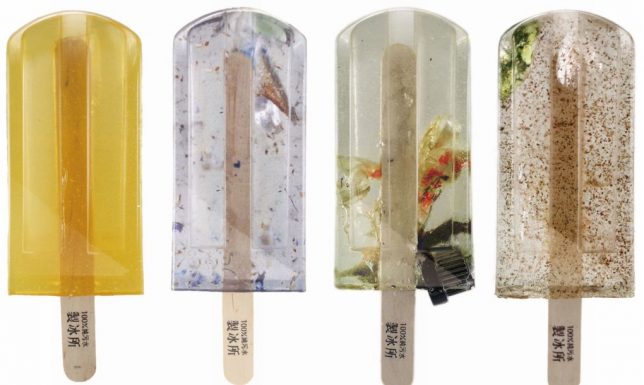

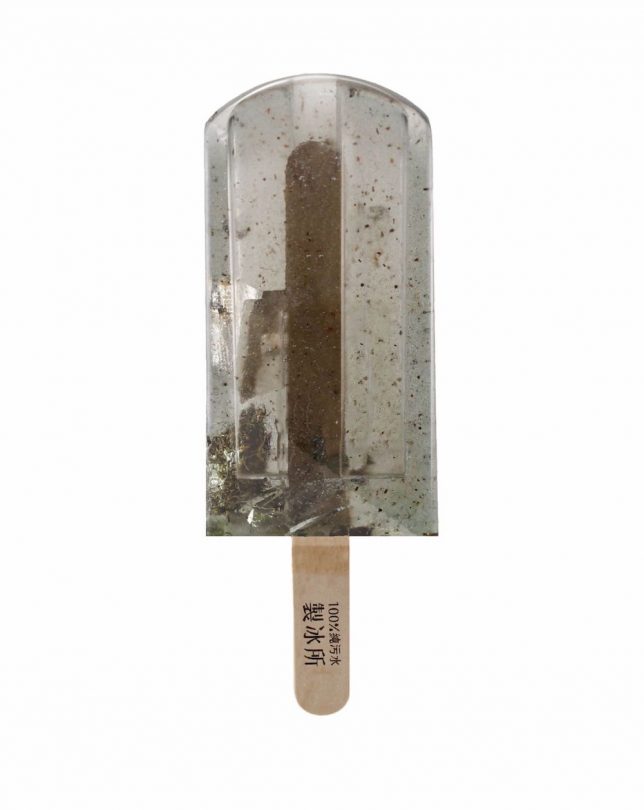
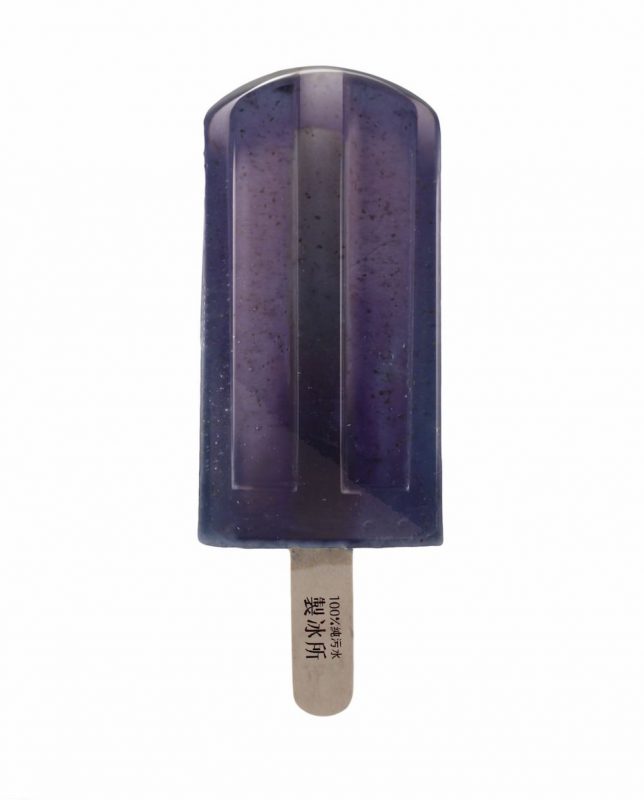
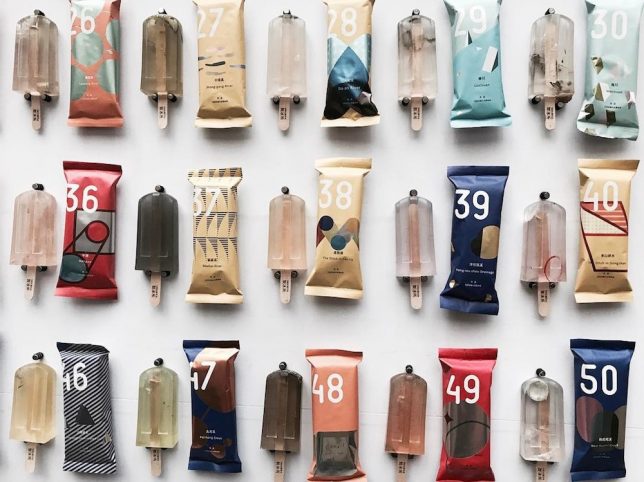




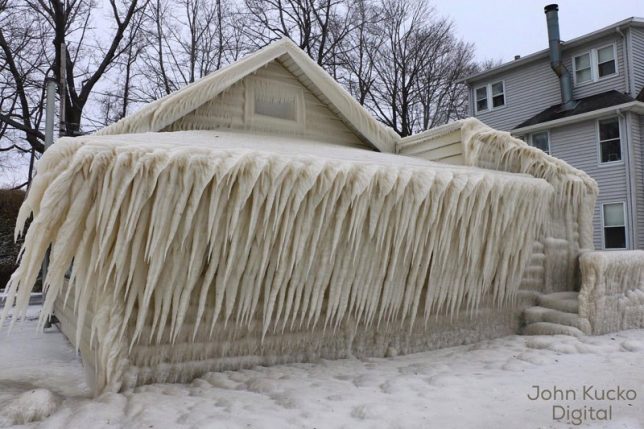
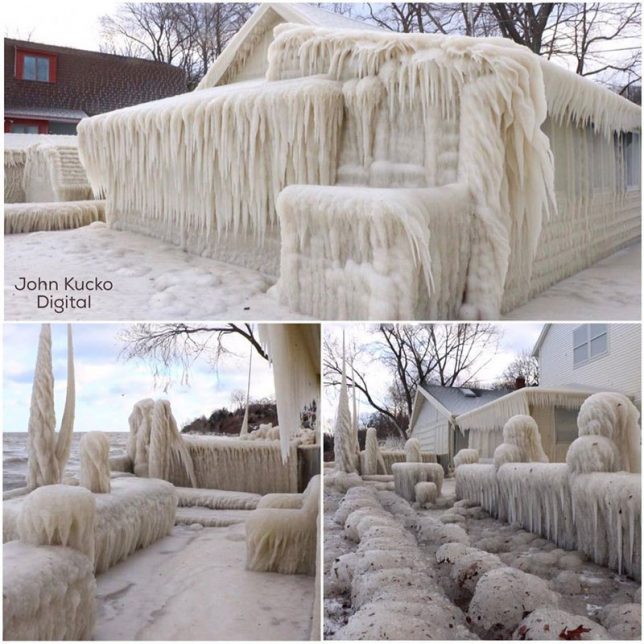
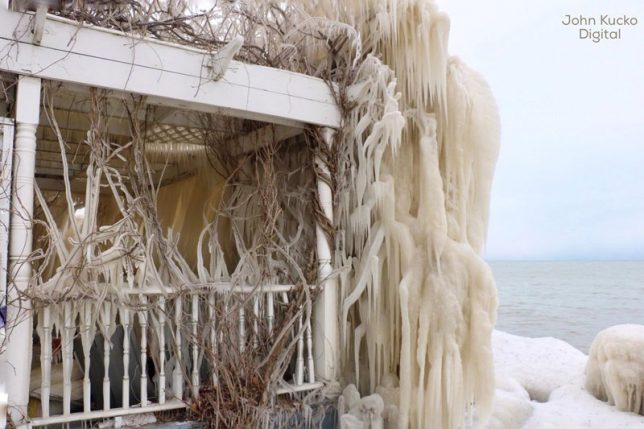
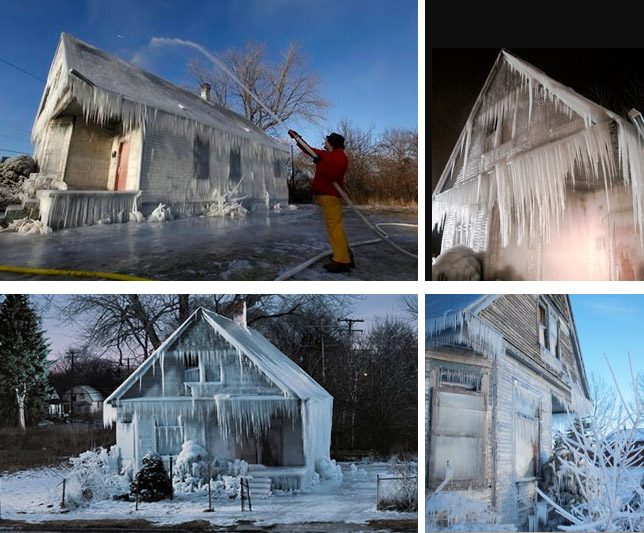
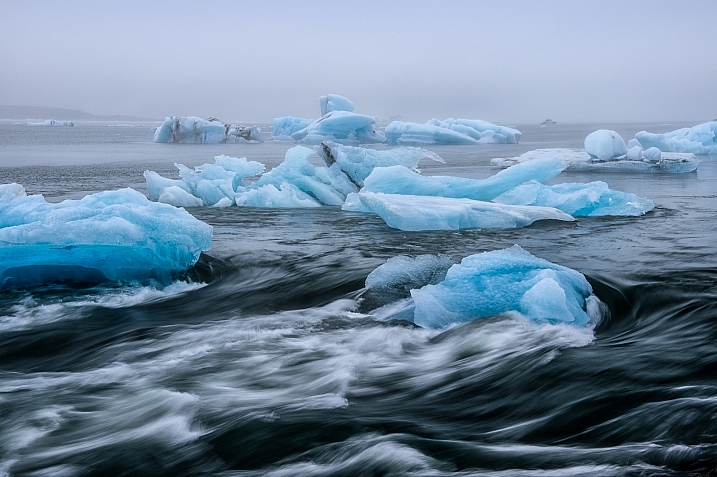
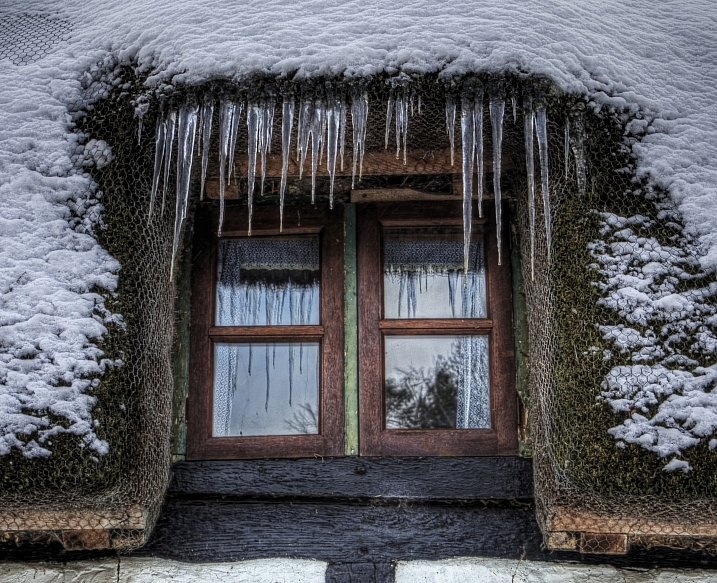
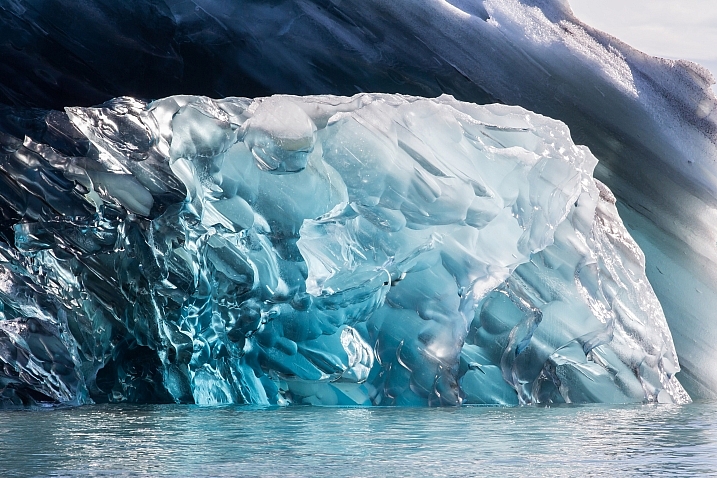
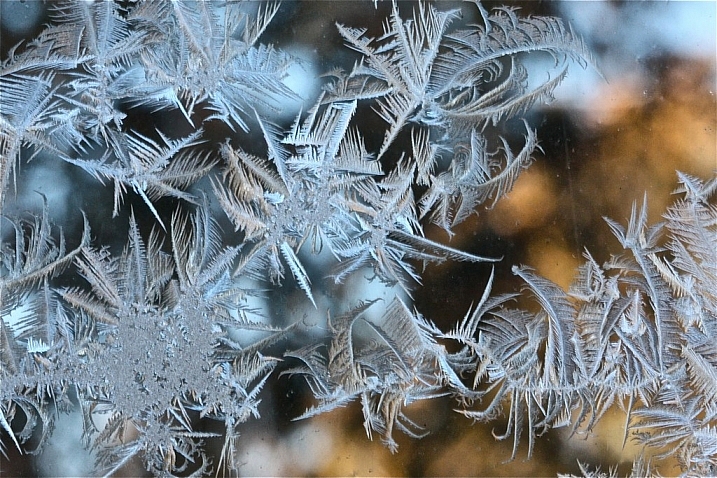

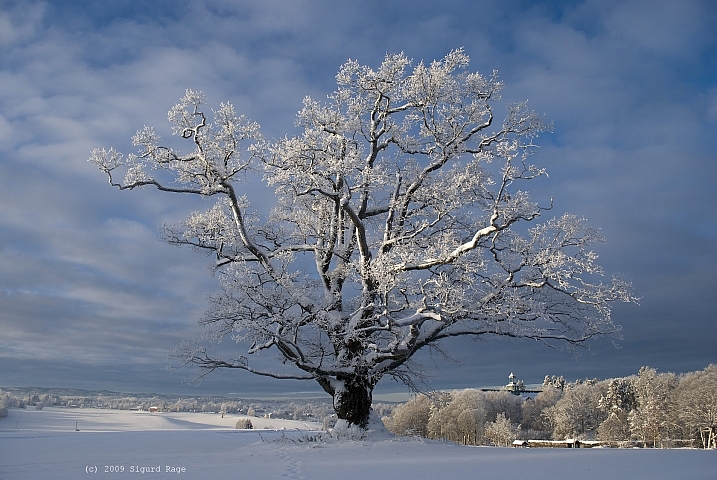

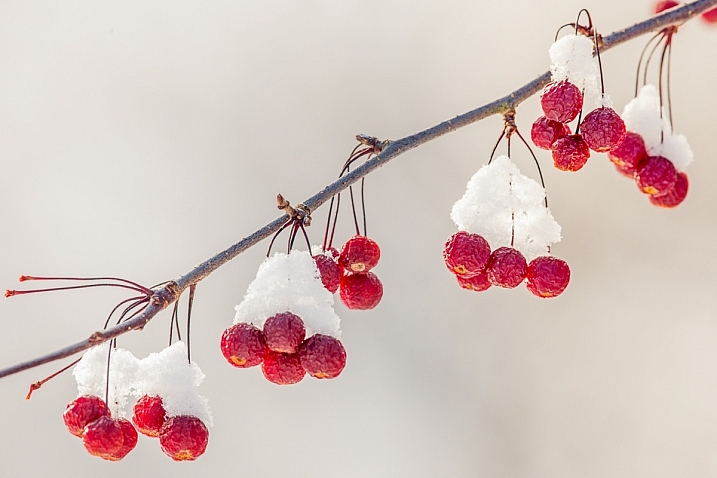
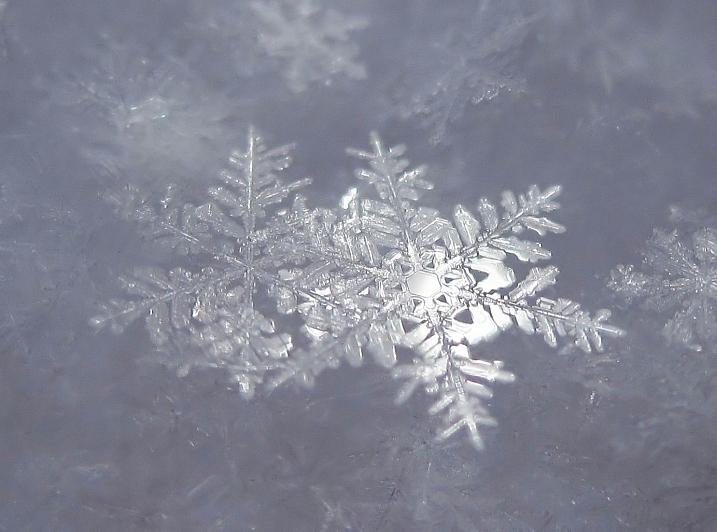
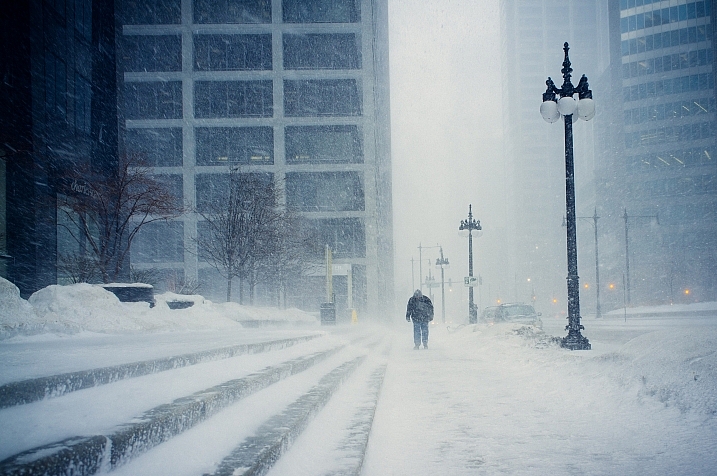
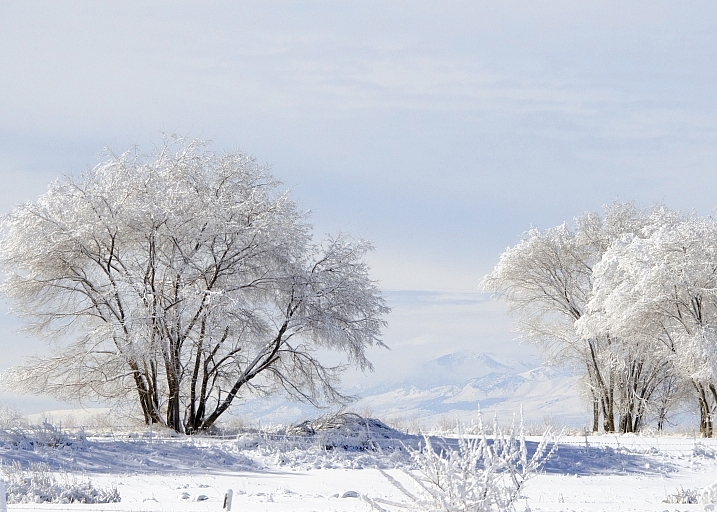
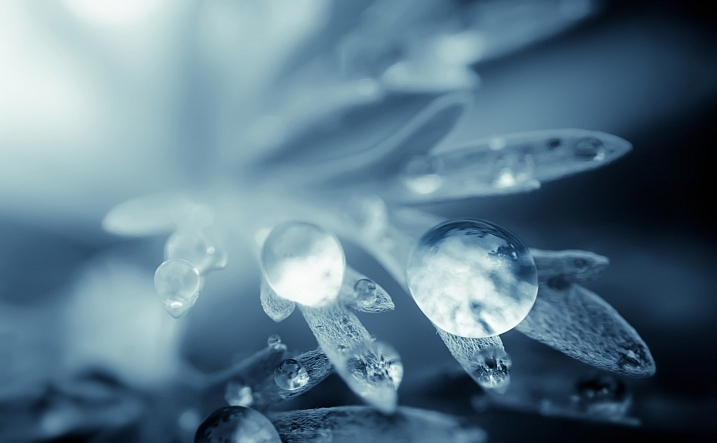
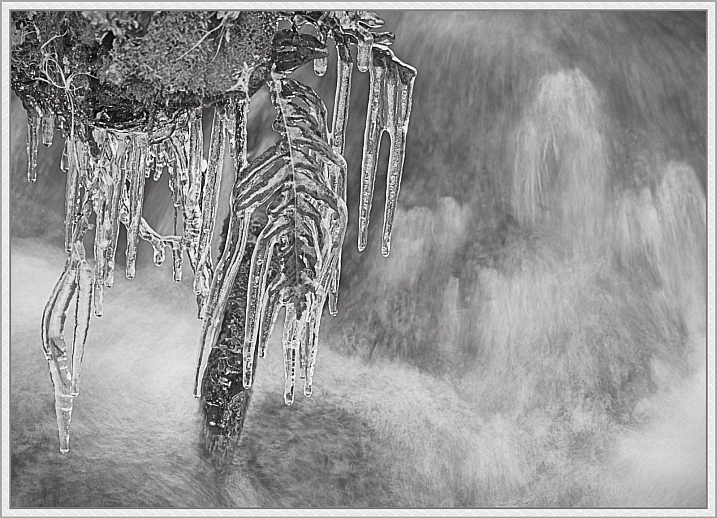
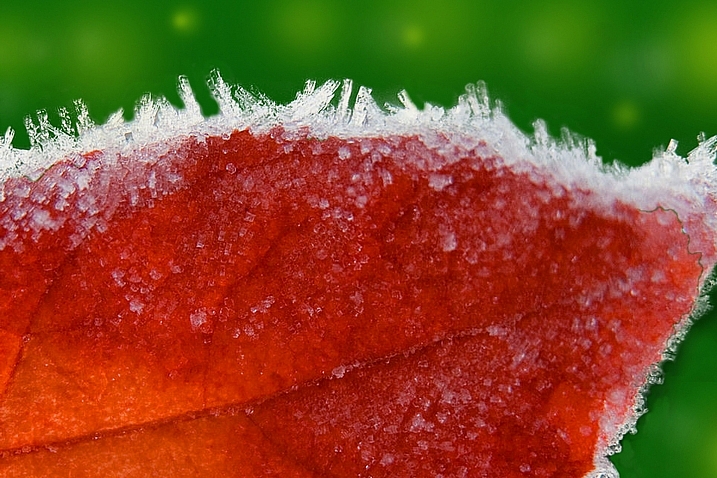

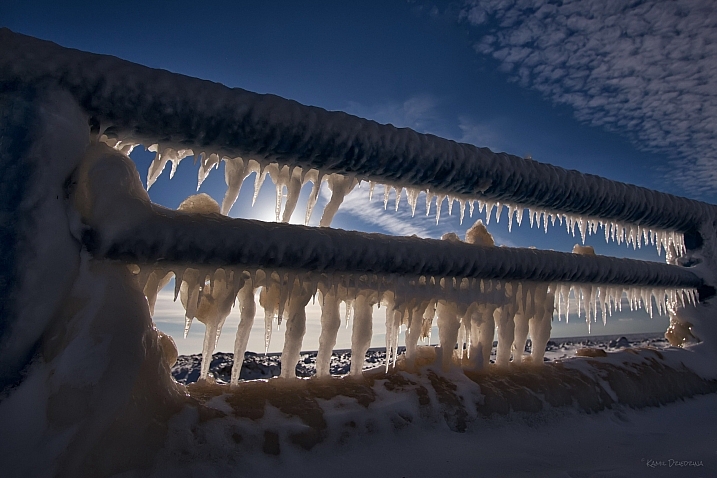
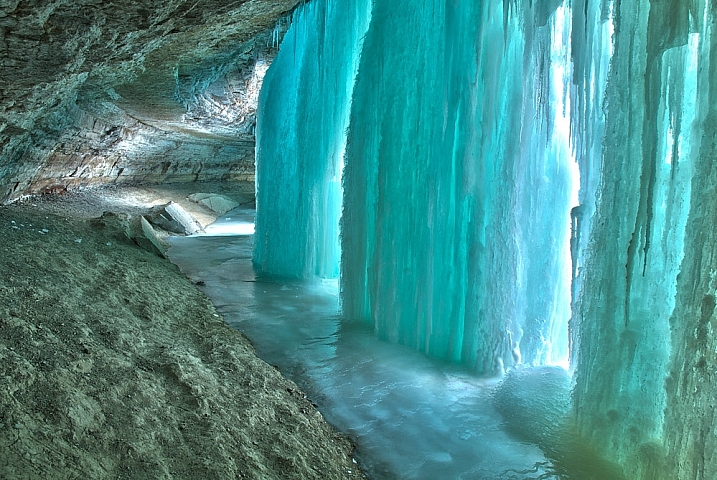
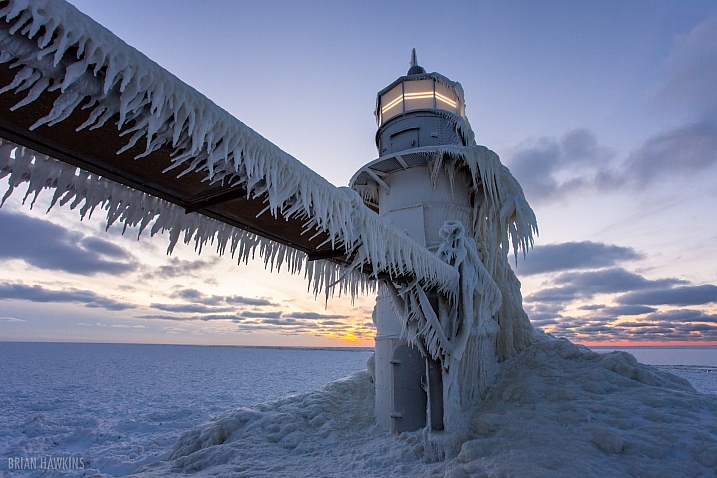
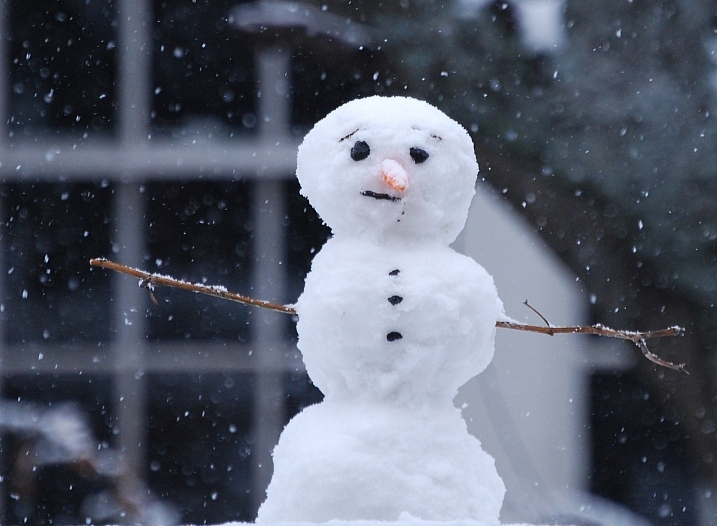
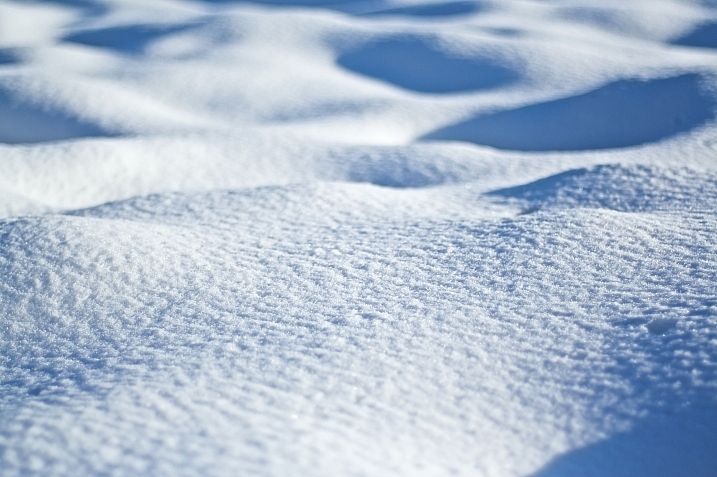
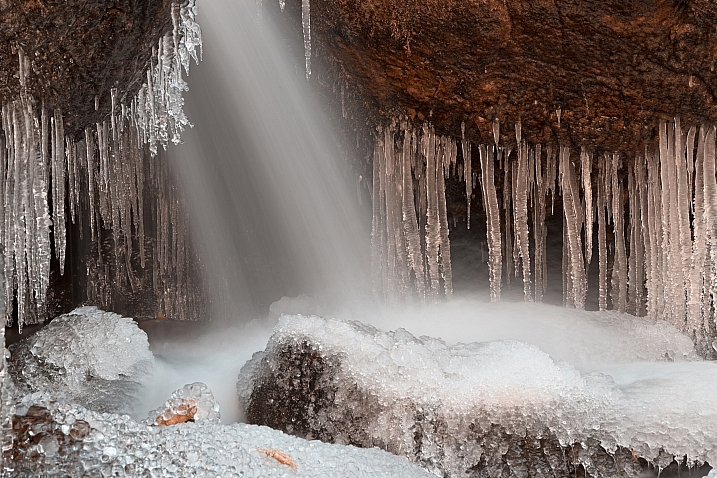
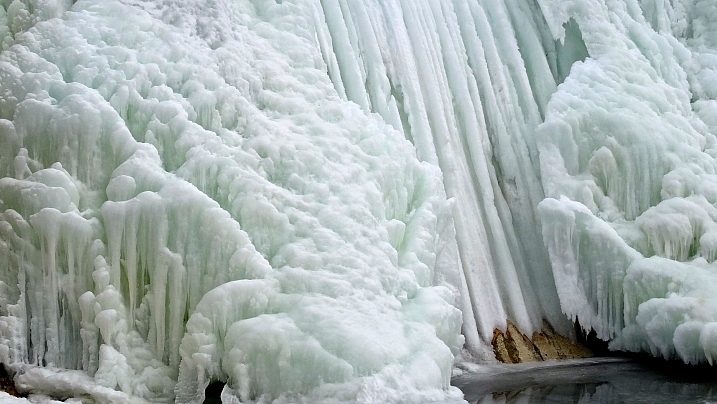
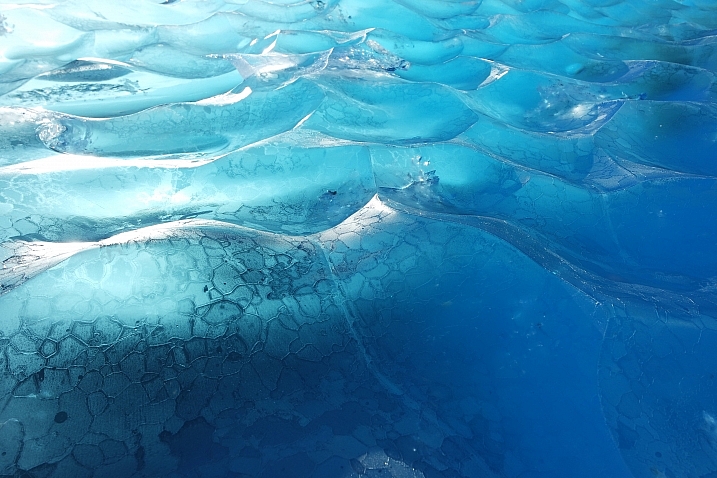








You must be logged in to post a comment.